A Week in the Bush Vol. 518
on Oct 02, 2024We start this week’s highlights with a very rare sighting…
The African Civet is a rare sight, one that appears only when luck is truly on your side. We spotted this elusive creature as it moved through the bush in search of food. Civets are omnivores, meaning they eat a wide variety of things, from rodents to fruits. Despite often being called "Civet cats”, they aren't actually part of the cat family. Instead, they belong to the Viverridae family, a group of animals that resemble cats only in appearance.
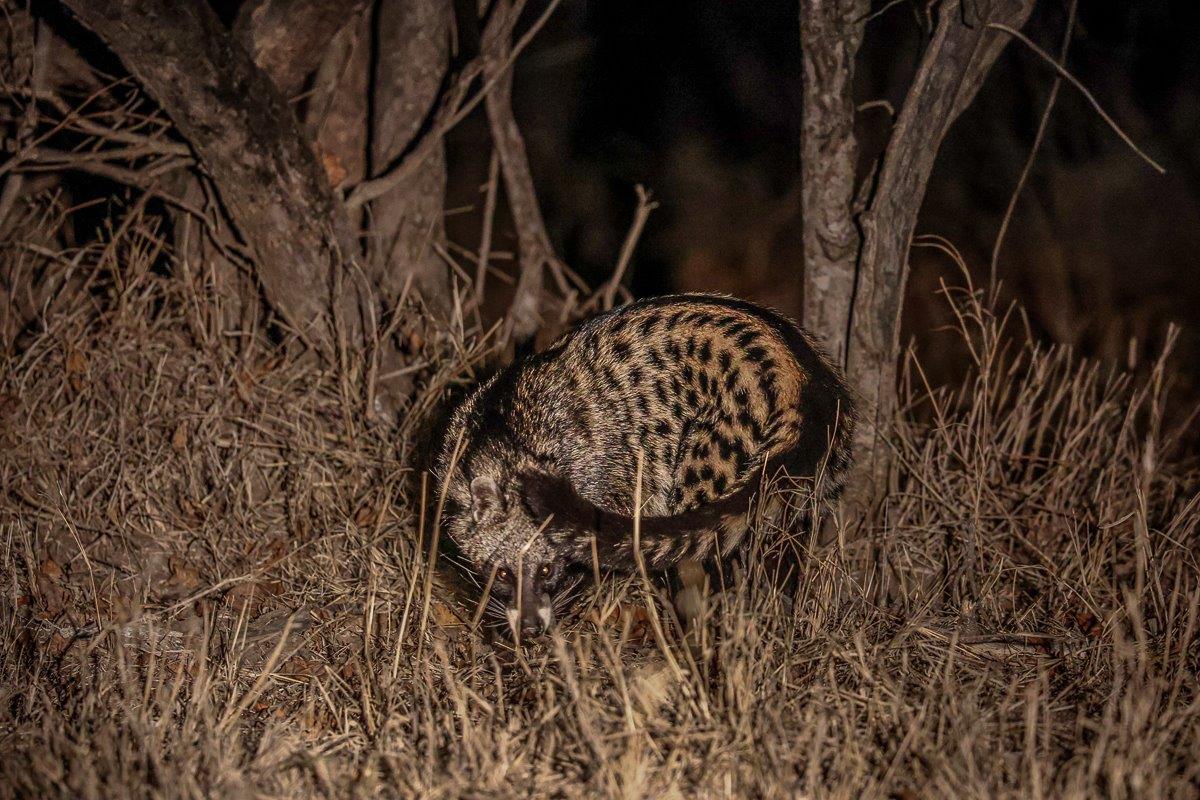
Leaving the lodge early in the morning, we were treated to a remarkable sight: two wild dogs finishing off an impala kill they had made just minutes before our arrival. They devoured their meal quickly, aware that the remains would soon attract other predators and scavengers that could pose a threat. We followed them as they moved swiftly through the bush, finally reaching a safe spot where they settled down to rest, allowing their bodies to digest the meal. Wild dogs are incredibly efficient hunters and will make a kill every day. However, knowing scavengers like hyenas are often close behind, they feed rapidly and move on to avoid confrontation.
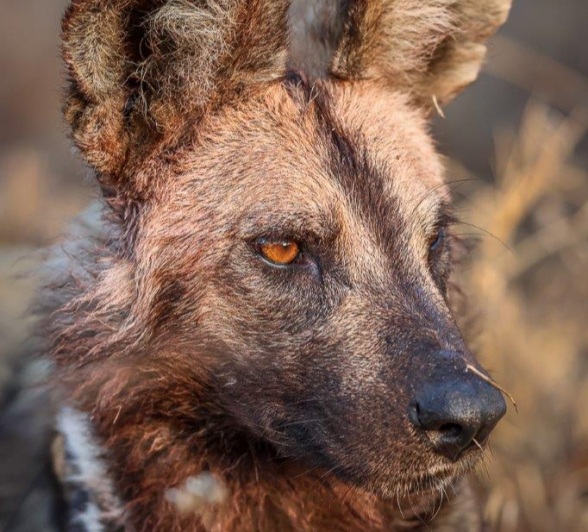
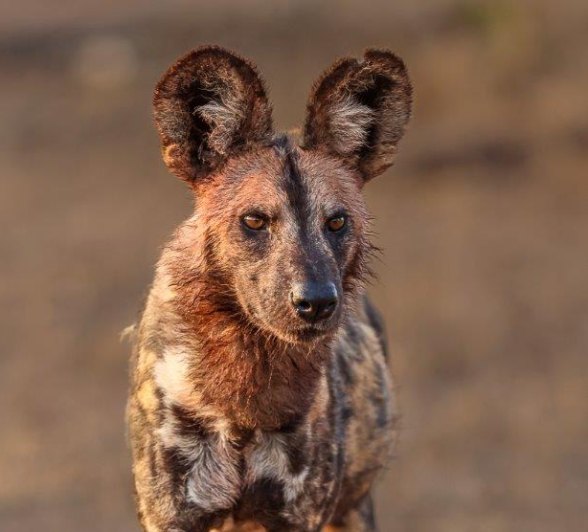
Shortly after heading out on safari, we found the Southern Pride stretched out in the open area close to a waterhole absorbing the morning sun. As the temperatures will rise significantly during the day, these lions will spend their morning in the open, thereafter they will move into the thickets, looking for shelter to hide away from the heat. The pride is looking healthy as they clearly had a meal recently, making it possible for them to relax and escape the heatwave we are experiencing at the moment without any pressure to hunt.
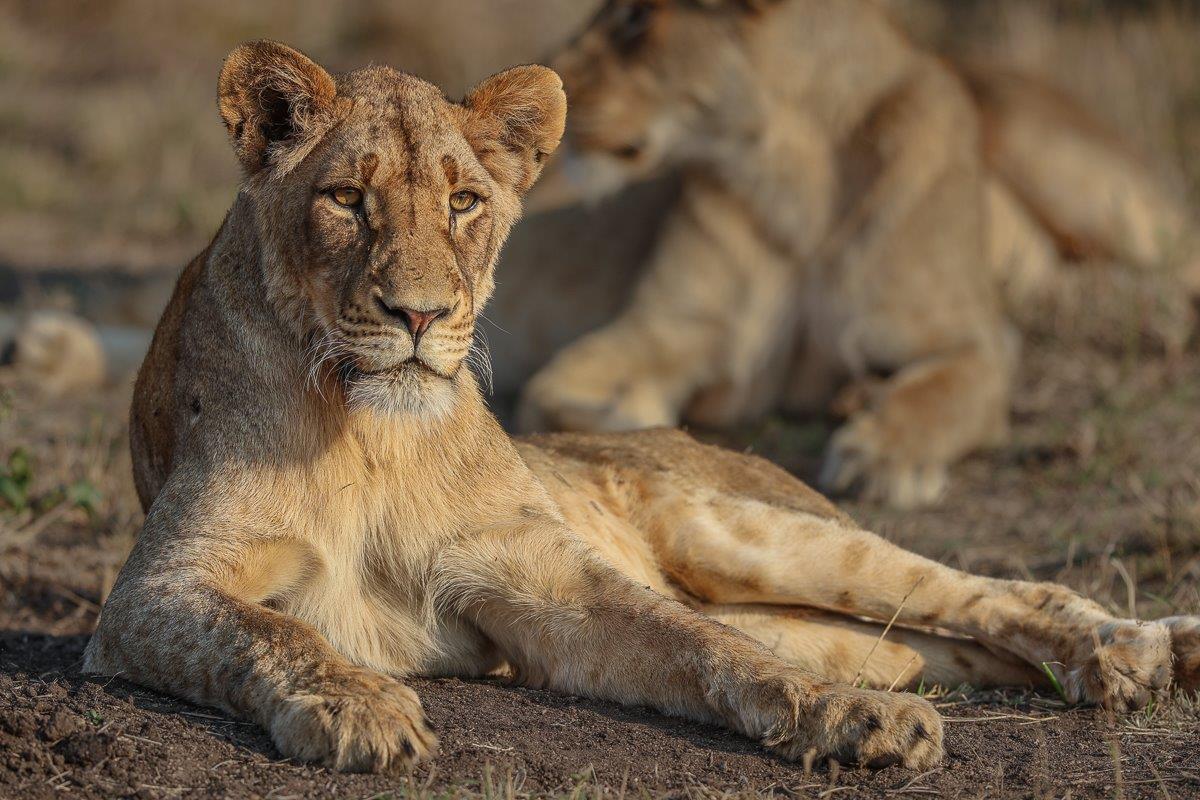
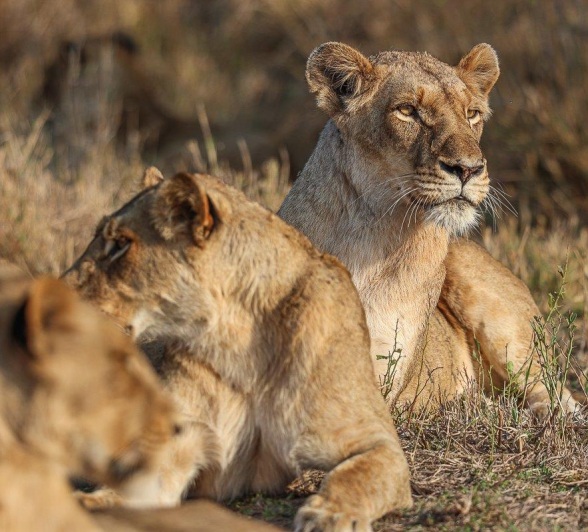
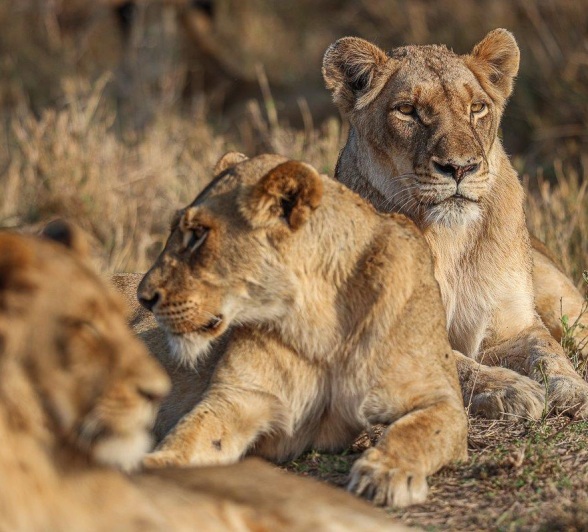
On a windy and very cold spring morning, we drove along the boundary of our reserve. The morning started off quietly, and we weren't expecting much. However, to our surprise, we found the two Gijima males lying in an open area, overlooking a part of their kingdom as the wind blew through their manes, adding to their magnificence. These males will soon retreat into the thickets, where they will spend their day trying to hide away from the cool and windy conditions.
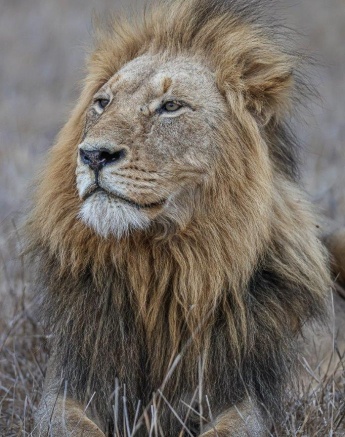
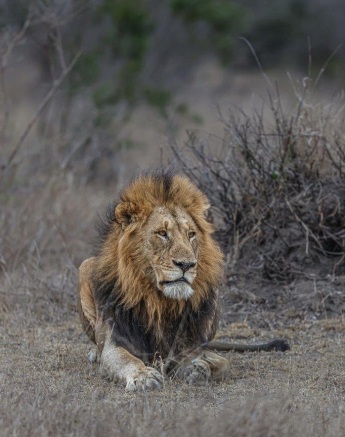
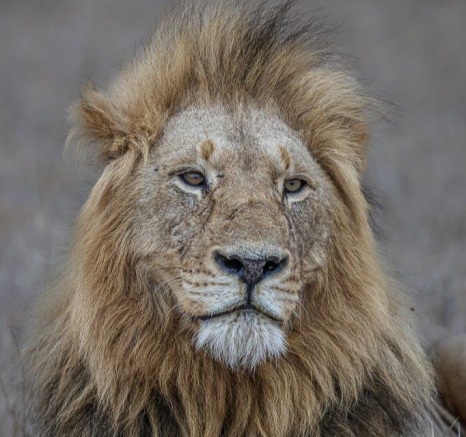
The Msuthlu Pride was caught off guard when a large herd of buffalo passed dangerously close to where they were finishing off a small kill. Instinct took over for the adult females, who had their youngest cubs with them and needed to ensure their safety. Without hesitation, they bolted from the area. We were amazed to see the little cubs managing to keep up with the adult females as they all fled to safety.
Large herds of buffalo pose a significant threat to lions, especially the vulnerable cubs, making this quick escape crucial for their survival.
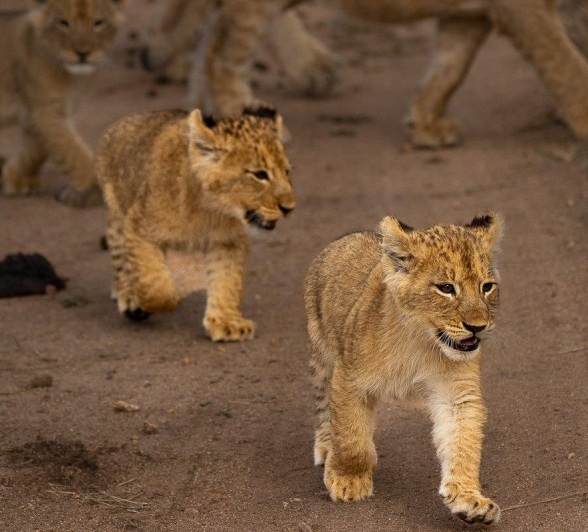
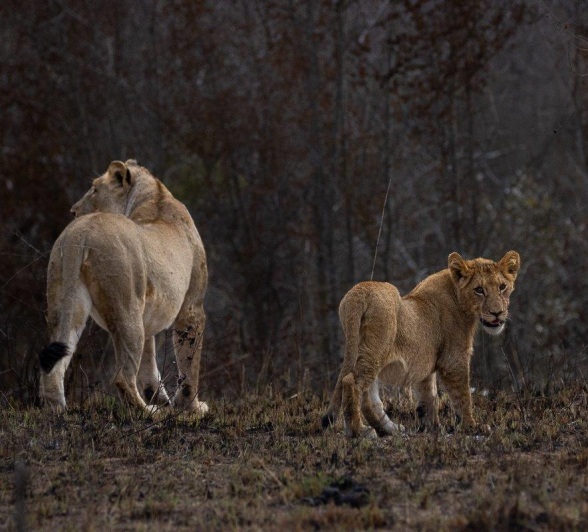
A heart-warming sighting of the Msuthlu Pride with one of the Gijima males sleeping in a drainage line. Some of the pride members were on their way back from a nearby waterhole where they had quenched their thirst. With temperatures that rise a lot during daytime, these lions will stay in the area for the day, resting, before getting active as soon as the sun sets again. So far, all 15 lions in the Msuthlu Pride are still alive and well, we only hope to see them all reach adulthood to give a healthy injection in the lion population.
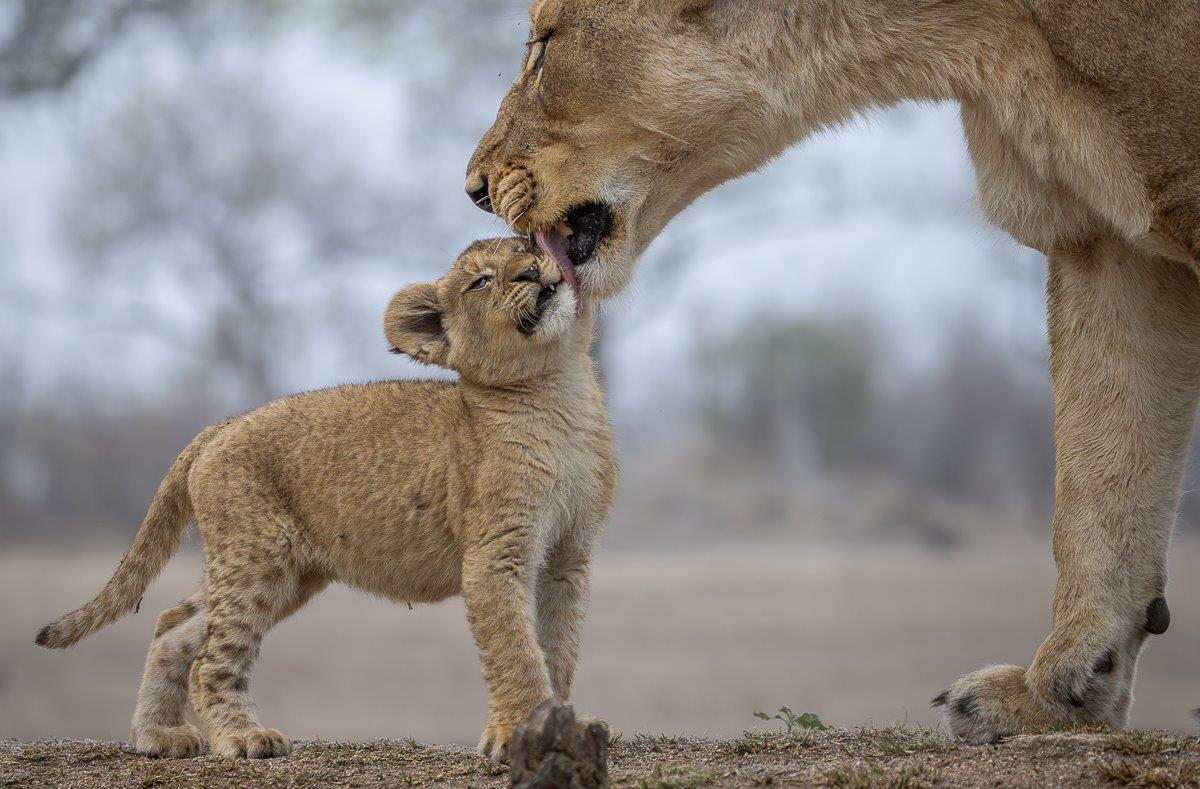
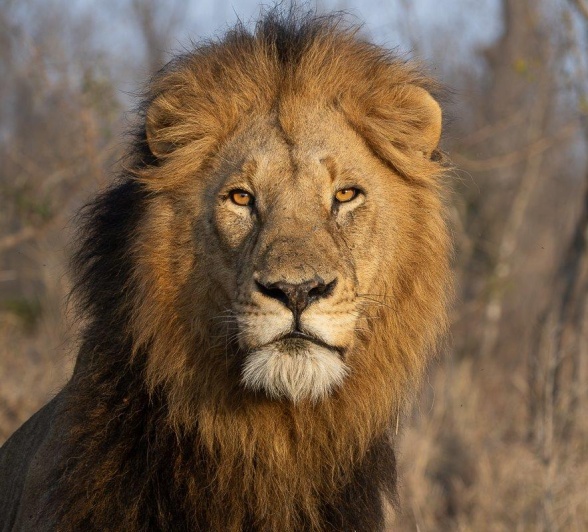
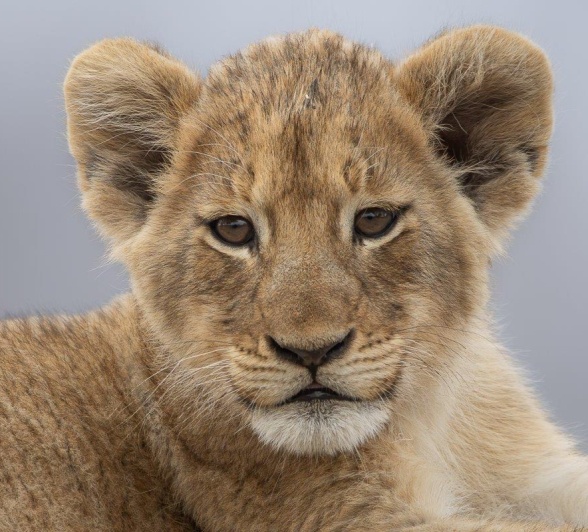
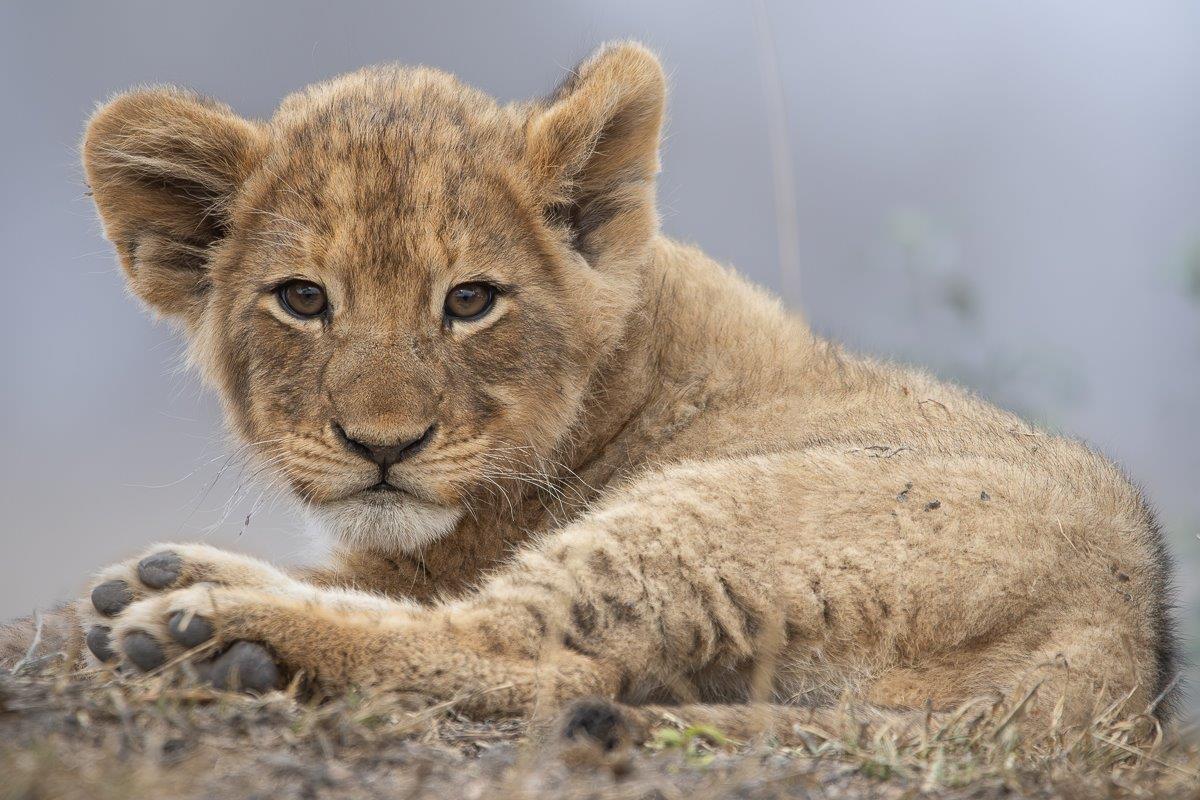
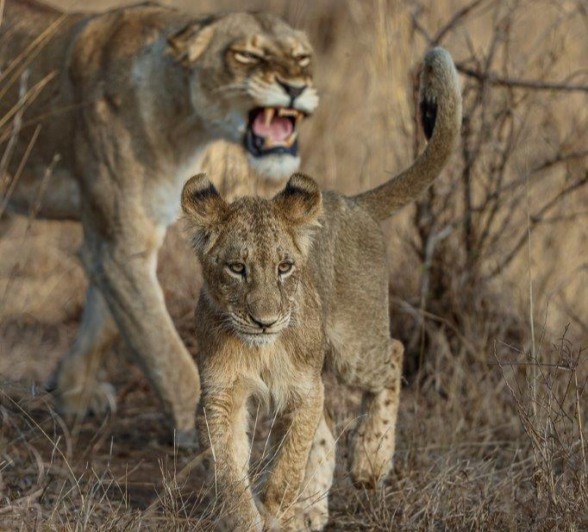
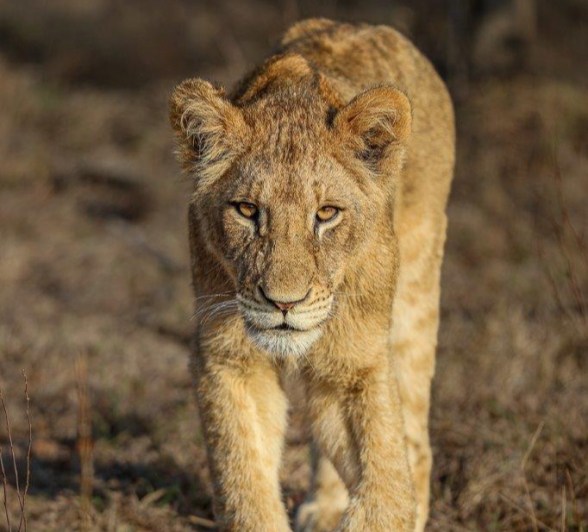
The rasping calls of a female leopard reverberated through the trees, eventually revealing the Ntsumi female perched atop a termite mound. Up on the mound her calls could travel far and wide. She soon descended the mound, continuing her calls alerting all of her return to her territory.
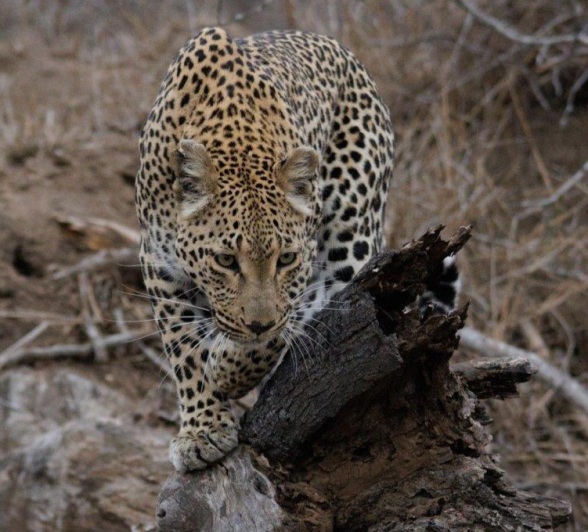
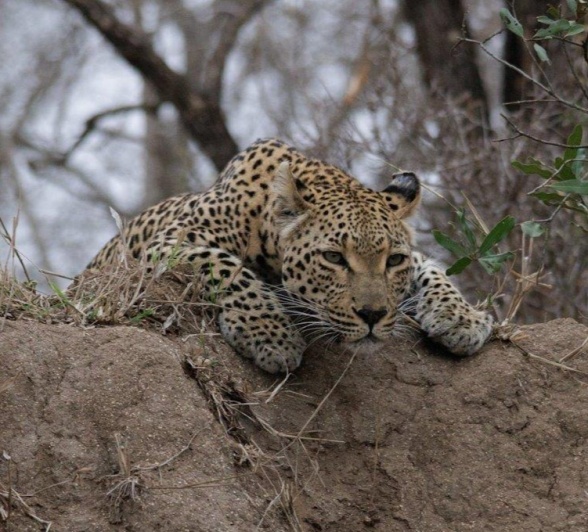
We followed up on Ntsumi and as we approached the area, we were not surprised to find her in the same area we left her in the morning. As the temperatures start dropping, she became active, constantly calling, clearly in search of a male. With her youngsters busy moving off by themselves, Ntsumi is ready to mate again, clearly advertising this to nearby males in the hopes to mate again soon. She continued into the thickets as the light was fading away, venturing into a night filled with opportunities.
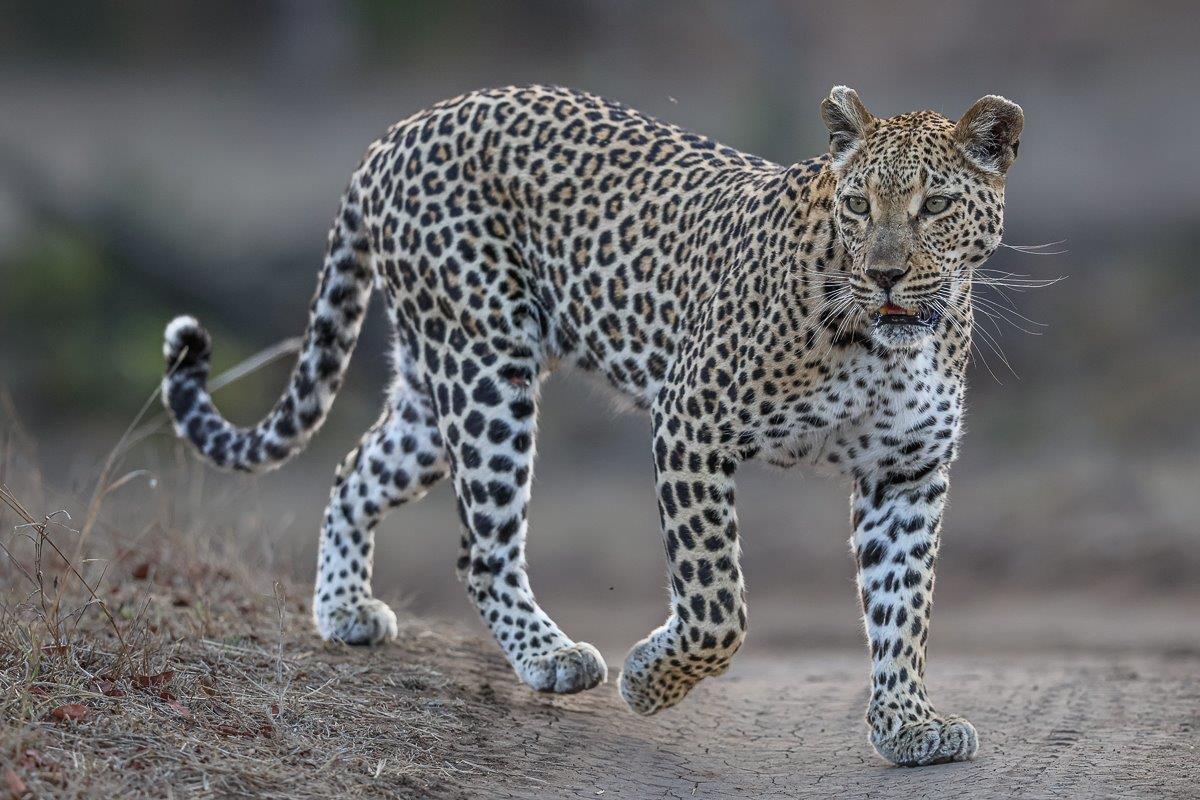
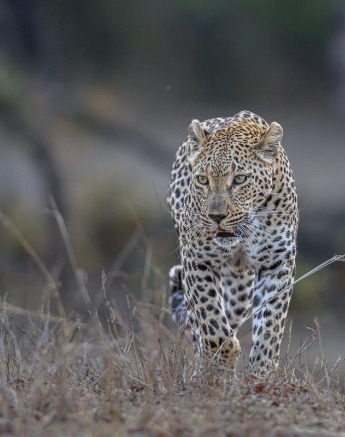
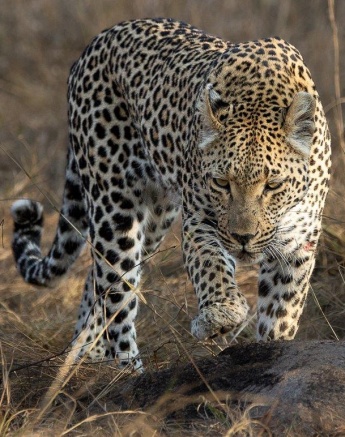
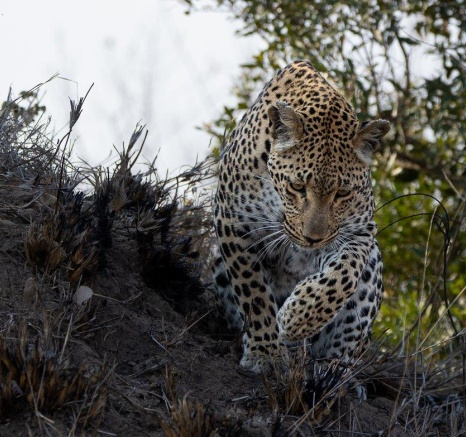
Following up on reports of a male and female leopard led us into the eastern section of our reserve. We started scouting for any tracks or signs when we heard leopards mating. Immediately following up, we found the large N’weti male with the Mashaba female. This is incredible as Mashaba is currently the oldest female leopard we have around our area. Will she successfully conceive once more and raise another litter of cubs?
Female leopards can get to ages between 16-18 years in the wild. Currently Mashaba is 16 years old. Females of this age have mated successfully, although rare and unfortunately cub mortality rates also go up as the female gets older, as they get weaker and slower and start struggling to look after cubs.
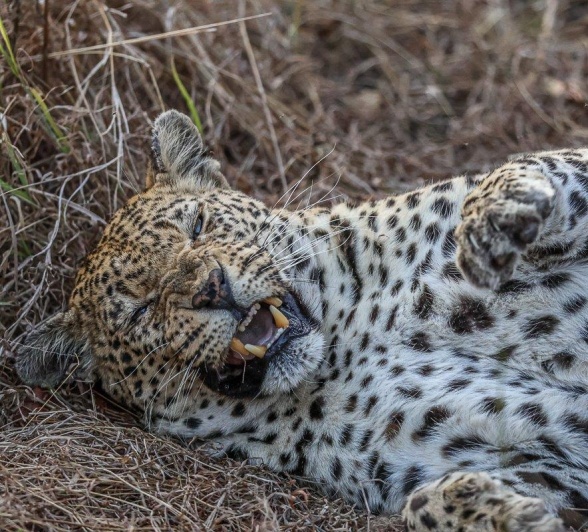
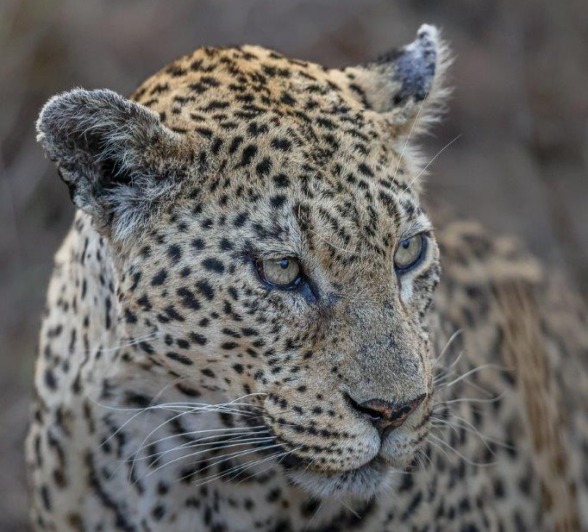
Our return to the lodge took an unexpected and thrilling turn. As we rounded a bend, we were met by Khulwana, slowly making his way east, scent-marking to assert his territory. After watching him for a while, we moved on. However, just around the next corner, we encountered Ntsumi, hot on his trail and clearly following his scent. With her youngsters nearing independence, she seems to be entering the search for a mate once again. The presence of a new male like Khulwana may be attracting her attention. While this seems harmless for now, the real concern arises if Khulwana strays into N’weti’s territory - a risky mistake for the younger male. Only time will tell how this plays out.
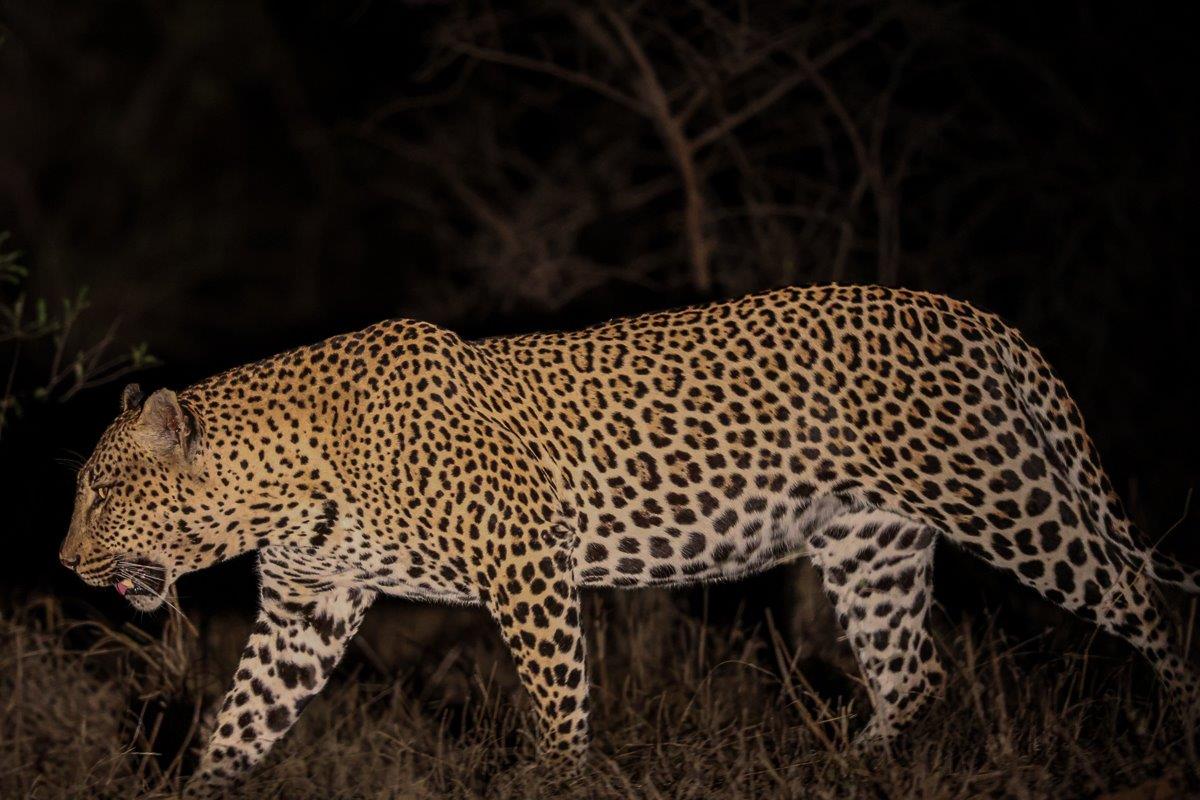
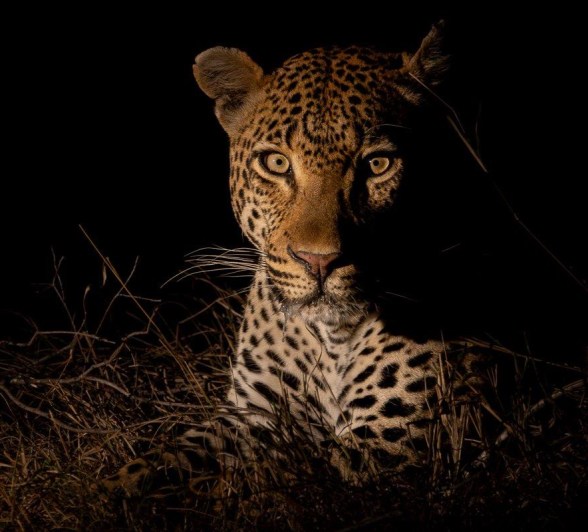
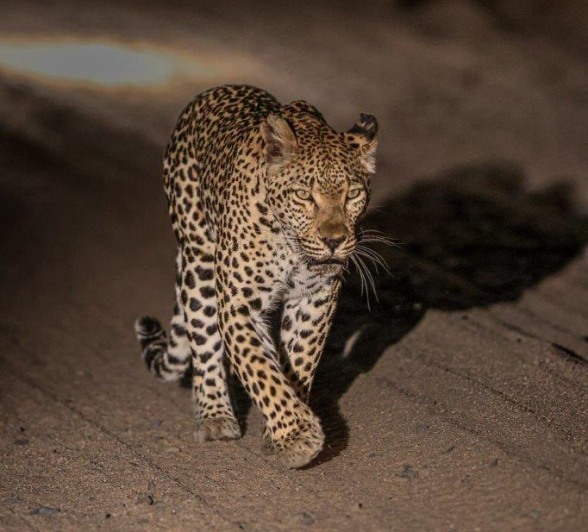
Finishing off our sundowner stop immediately took a great turn. As we started driving back towards the lodge, we found Golonyi as she made her way out of a big drainage line. She started moving further south as temperatures were busy dropping and becoming favourable for her to move and hunt. We followed her as she ventured through the southern section of our reserve, possibly looking for an area to give birth as it is clear she is pregnant as her stomach has been growing over recent weeks. Leopards generally have a gestation period of 90 days on average which means she should be close to giving birth.
Also explaining her behaviour of expanding her territory further south into our reserve making sure she chooses the best possible area for her safety. Only time will tell if she successfully gives birth to her first litter.
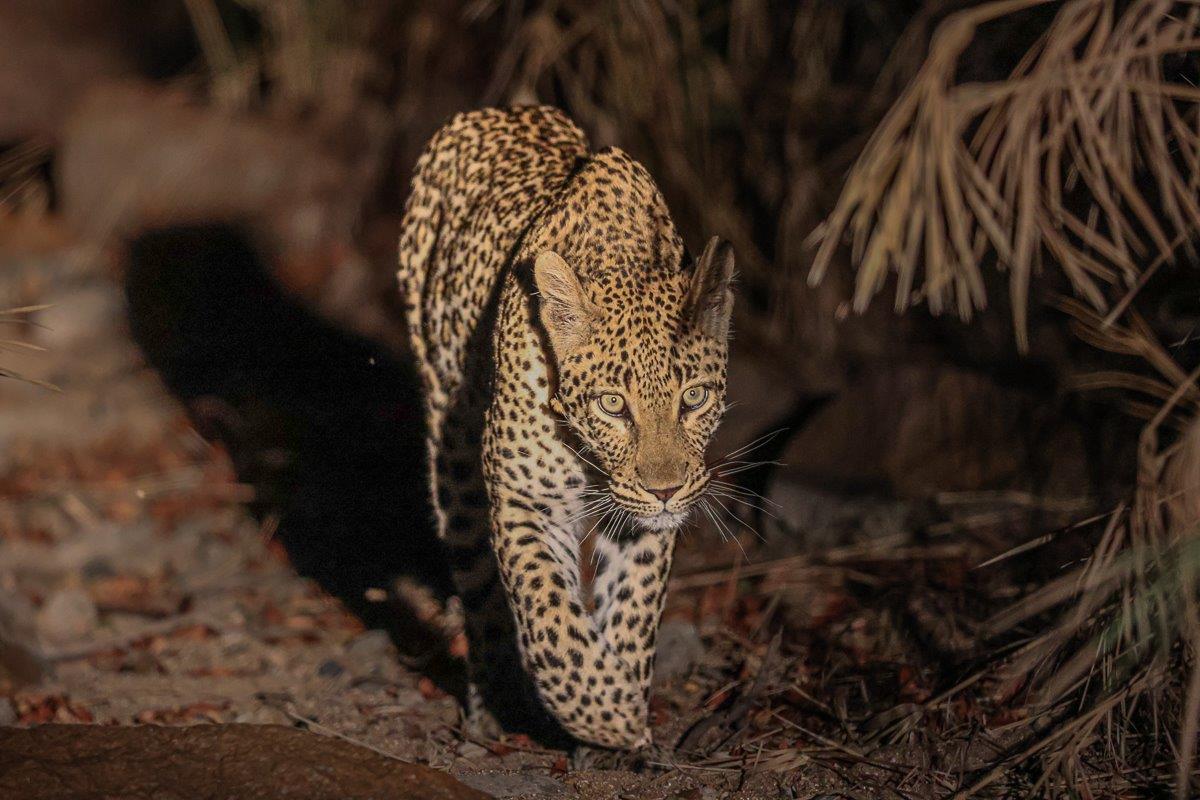
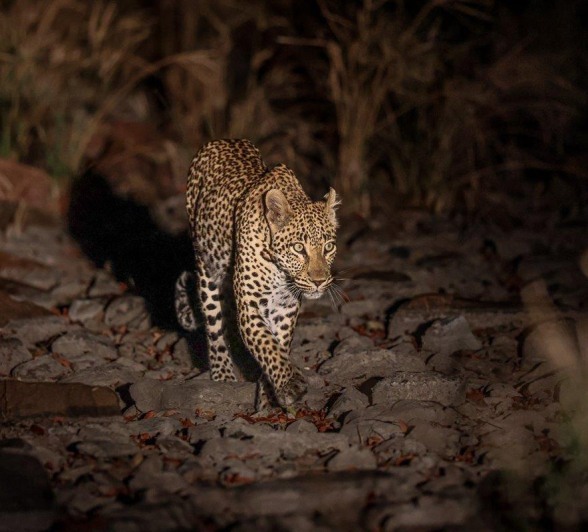
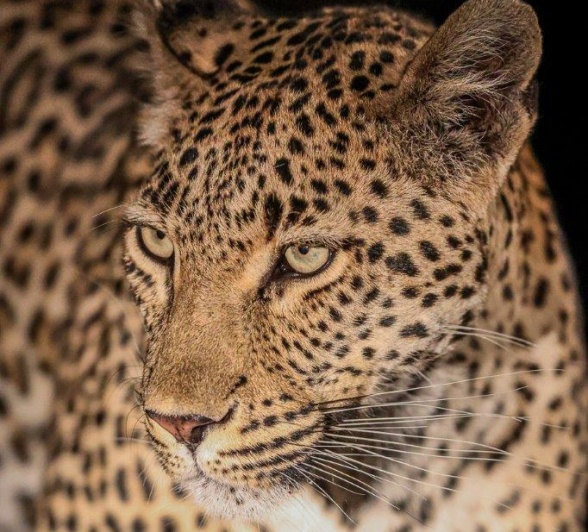
We found tracks of two leopards – a mother and cub. We immediately assume them to belong to Tengile and her cub so followed up. Their tracks led us to a tree where they had hoisted a kill. We watched as the cub was feeding while Tengile groomed herself at the base of the tree.
Once the cub had finished eating, she played with the kill, moving it from one branch to another, sharpening her skills which she will need to perfect as she grows.
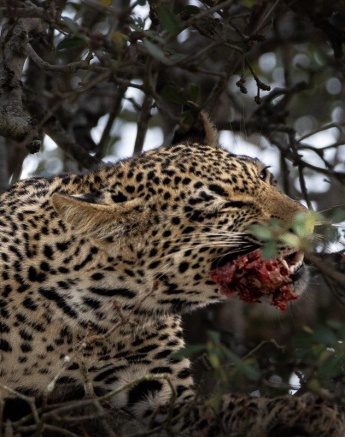
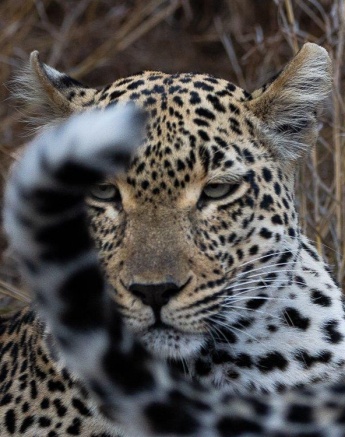
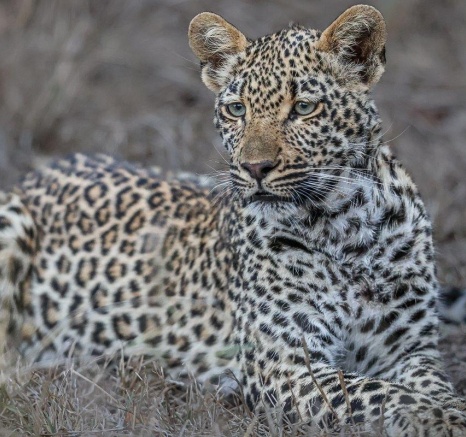
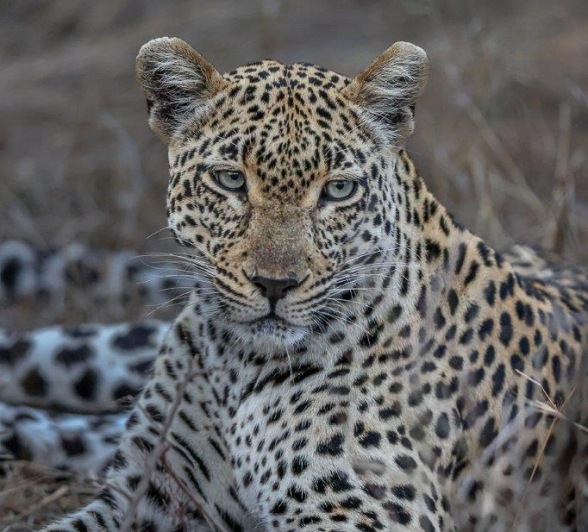
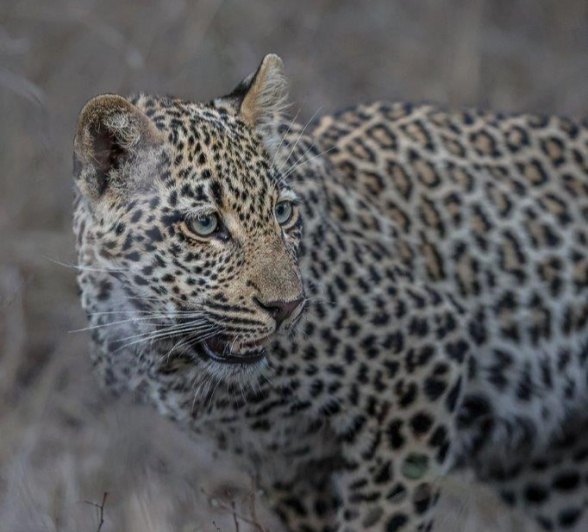
We came across a small journey of giraffes slowly making their way toward a waterhole. Giraffes are often seen in these small groups, moving together for safety - more eyes and ears are always an advantage in the bush. As they paused to survey the landscape, towering above the surrounding vegetation, they created the perfect scene for photography, offering a sight that was nothing short of breathtaking.
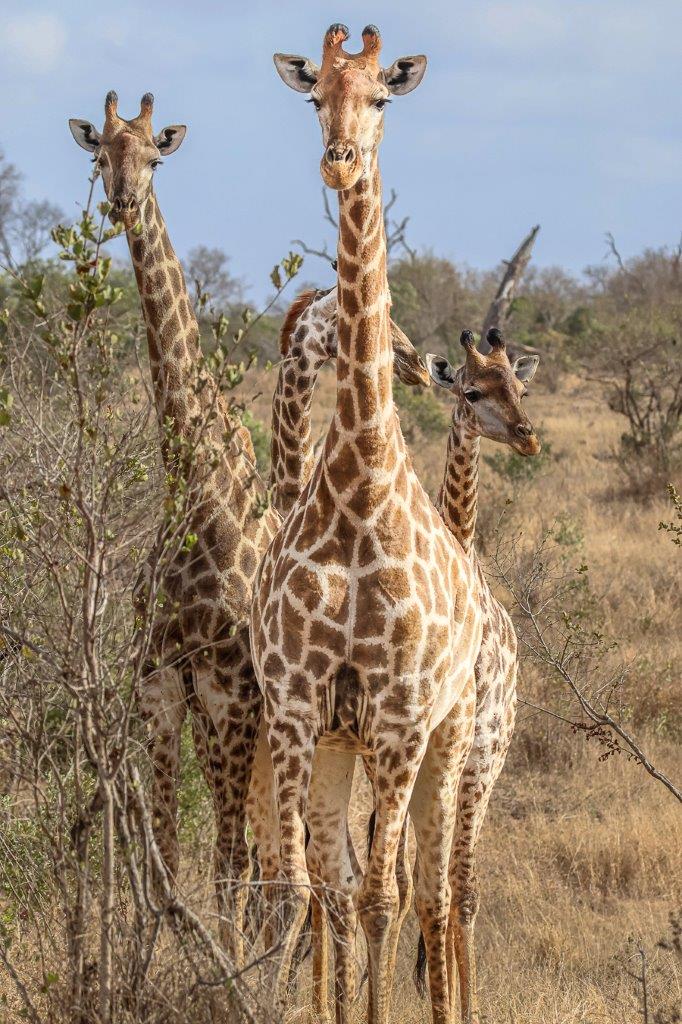
We observed a flock of White-faced Whistling Ducks as they gracefully moved from the water to a nearby sandbank, basking in the warm glow of the late afternoon sun. True to their name, these ducks are easily recognised by their distinctive white faces and the charming, three-note whistle they produce when vocalising. Monogamous by nature, they lay clutches of 9-12 eggs, which explains the large flock we had the pleasure of spending time with.
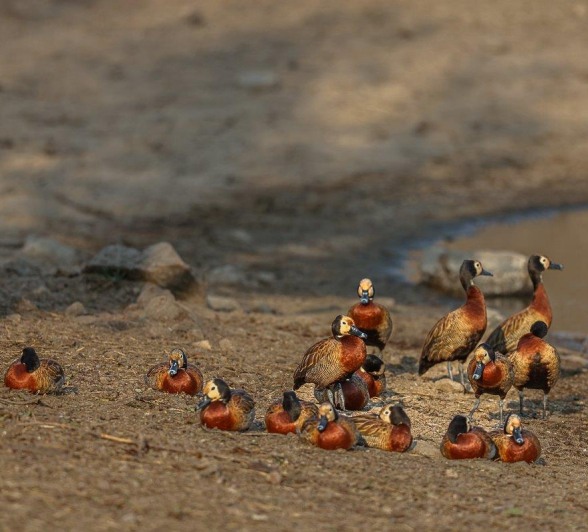
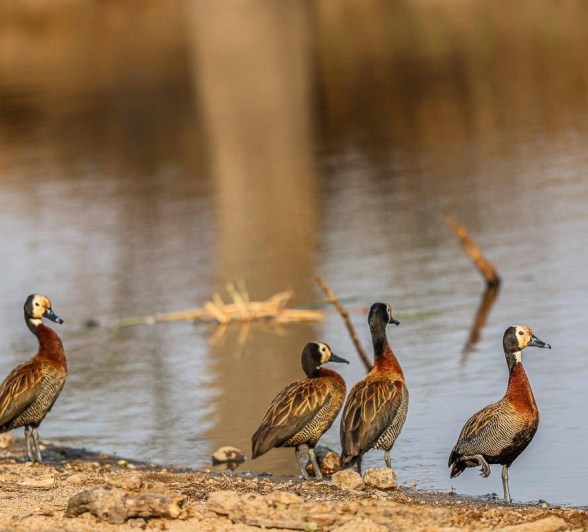
We were fortunate to spot a young male Steenbok grazing in a recently burnt area, nibbling on the fresh green grass beginning to sprout from the soil. Burnt areas often attract a variety of wildlife, as fires replenish nutrients and stimulate regrowth. Just days after the fire passed through, signs of new life were already emerging, drawing animals like this Steenbok to the revitalised landscape.
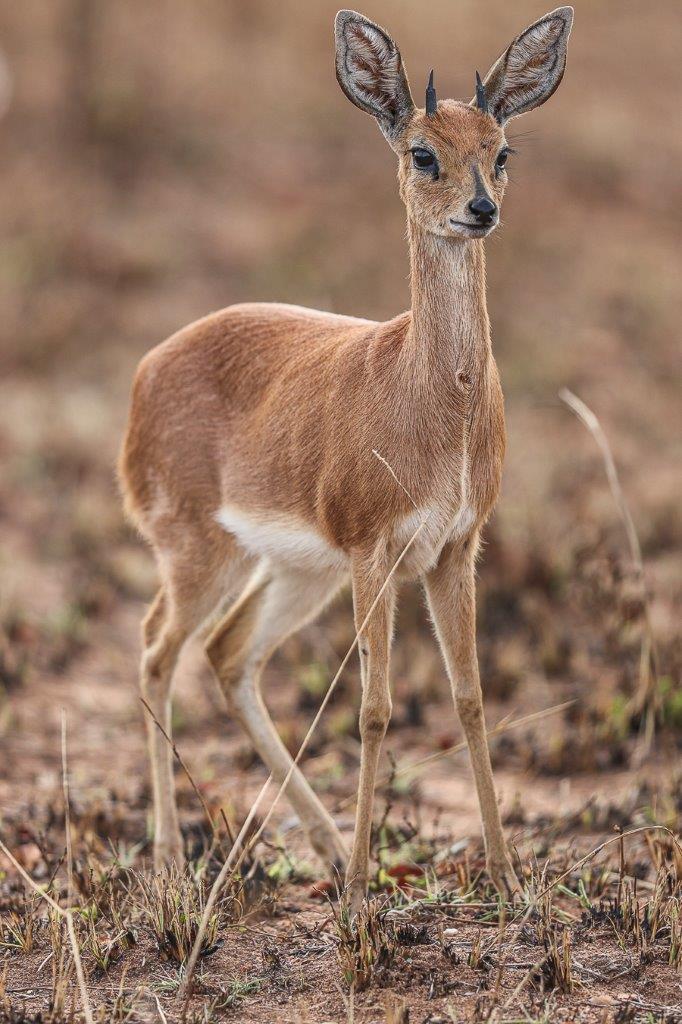
Until next time…
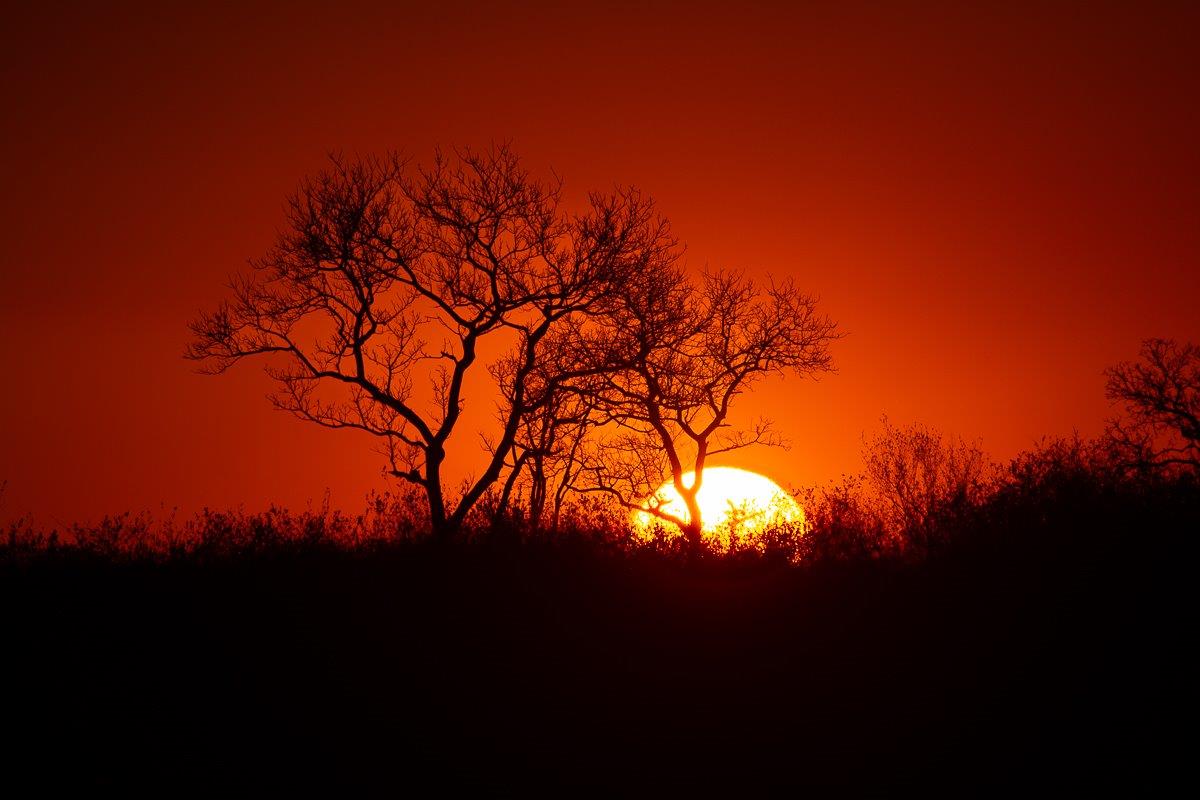
Blog by Wendy Claase
Images by Devon Jansen, JP van Rooyen, Ronald Mutero and Ruan Mey







